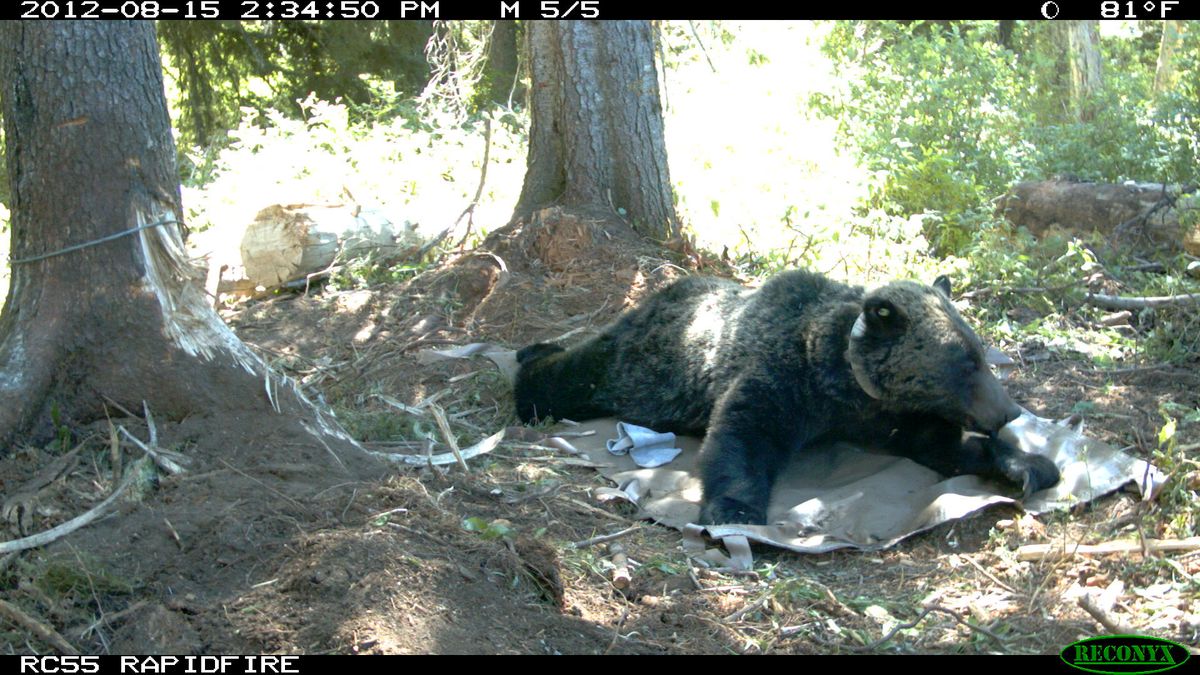Researchers set grizzly bear snares near Priest Lake

WILDLIFE WATCHING -- Researchers are setting snares in the Hughes Meadows area north of Priest Lake this month in an ongoing effort to capture grizzly bears and fit them with radio collars.
As of Tuesday, the two-man crew working for the U.S. Fish and Wildlife Service had caught one bear – a black bear. The 5-year-old male, weighing 134 pounds, was ear-tagged and released, said Wayne Wakkinen, Idaho Fish and Game Department regional wildlife manager.
Radio collars have been helping wildlife biologists monitor North Idaho grizzly bears, which are protected under the Endangered Species Act, since the first grizzly was collared in the Selkirks in 1983, Wakkinen said.
More than 80 different grizzly bears have been captured.
“There have been some years when we didn't trap in Idaho but we've generally been trapping in either Idaho or the British Columbia portion of the Selkirk ecosystem since then,” he said.
This year, the first significant research trapping in Washington occurred in May. The federal crew set snares in the Molybdenite Mountain south of Sullivan Lake. No grizzly bears were captured.
“The crew places warning notices at all major access points and trailheads in the area,” Wakkinen said. “They place more signs closer to the actual snare site.”
Researchers also are trapping bears in the northeastern corner of Idaho near Copper Creek and Copper Lake in the Cabinet-Yaak grizzly bear recovery area, he said.
Wayne Kasworm, federal grizzly bear biologist who's supervising the collaring project, said his crews plan to be trapping high in the mountains in July and August.
"We currently have five female grizzly bears with collars in the Selkirks and we hope to collar four or five more," he said.
Snares are checked at least once a day, or twice a day in hot or cold and rainy weather, he said. Most of the traps have transmitters that signal if they’ve been triggered with a radio signal to the crew.
The snare sites are placed well off of trails to reduce the chance of an encounter with humans, Wakkinen said.
Snare sites are baited, typically with road-killed deer. “If a person smells something stinky the best bet is to not investigate,” he said, “but this advice holds true whether there is trapping going on or not.
“If there's something stinky there's a chance that a predator of some sort – black bear, cougar, grizzly bear – may be around to check it out. Or you might be poking your nose into a recent kill site where a cougar has stashed its prey.
“Radio collars can yield a great amount of information such as survival rates, cause of mortality, reproductive output, cub survival and identification of seasonal ranges and dispersal,” he said. “These data in turn can be used to make informed land management decisions.”
